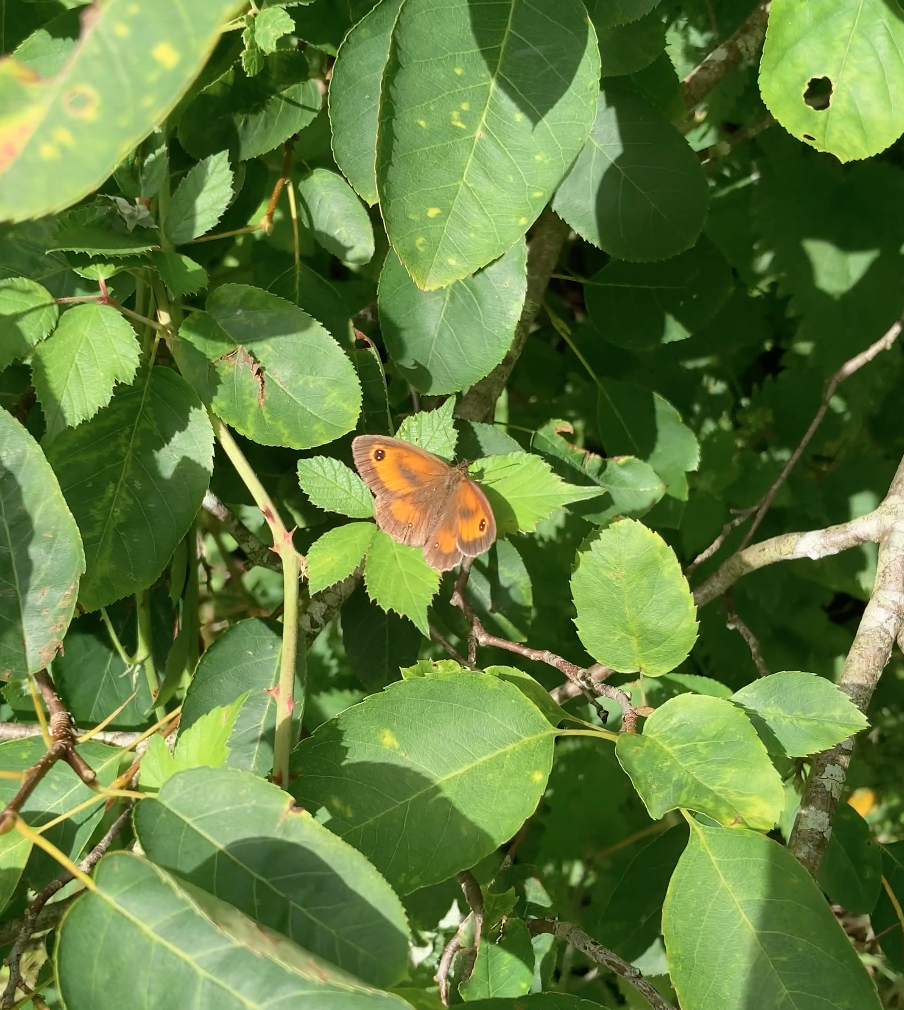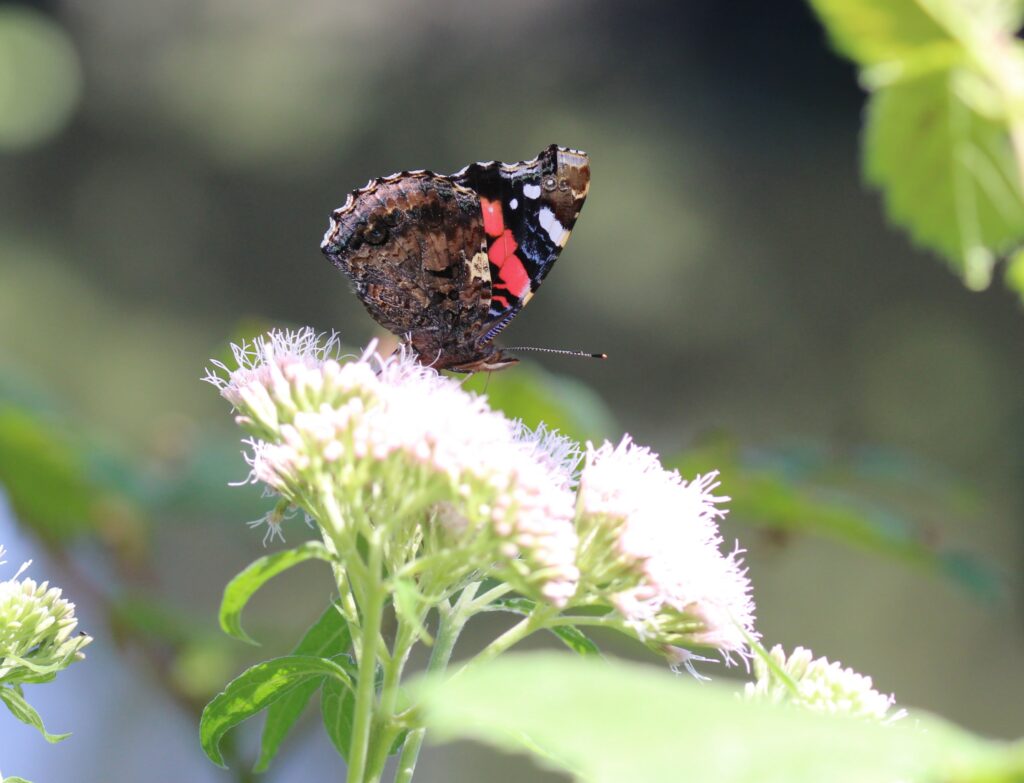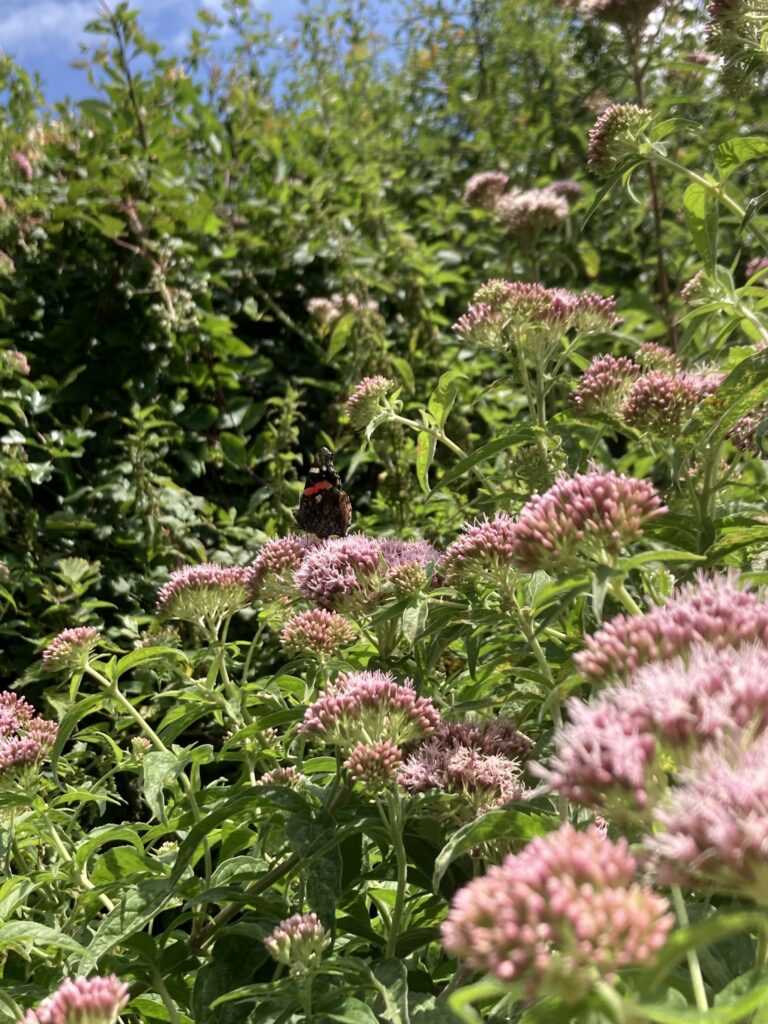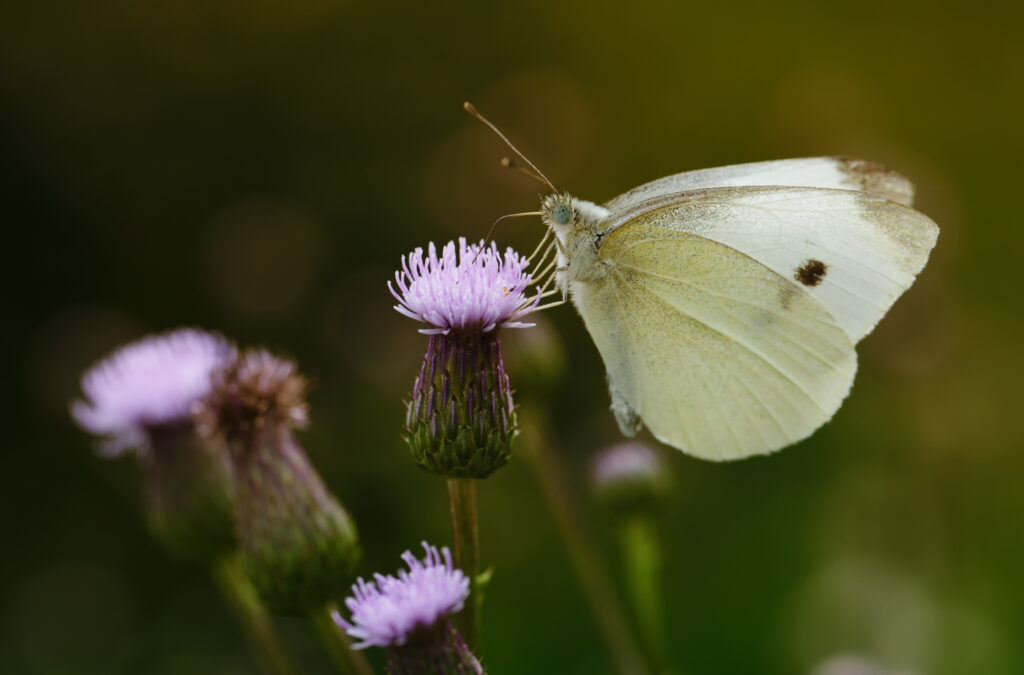Each year, Butterfly Conservation urges the public to venture outdoors and record their local lepidoptera populations with the Big Butterfly Count – a UK-wide survey aiming to assess the health of butterflies and day-flying moths. The count involves recording the number and species of butterflies in a chosen area for fifteen minutes and uploading results to their official website.
There are around 130 day-flying macro moths and 59 species of butterfly in the UK. These highly sensitive animals are key indicators of environmental health and play a crucial role in pollination across the country. The latest State of the UK Butterflies report, an assessment on British butterflies, found that the group has declined by 80% since the 1970s. The Big Butterfly Count allows the health and trends of these species to be assessed, improving our understanding of their conservation and threats.
This year’s count took place between Friday 12th July and Sunday 4th August, and the results from nationwide counts can be found on Butterfly Conservation’s interactive map. Over 140,000 counts were taken during this time, recording nearly 1,000,000 butterflies. Gatekeeper (Pyronia tithonus), Meadow Brown (Maniola jurtina), Large White (Pieris brassicae), Small White (Pieris rapae) and Peacock (Aglais io) butterflies were the most recorded species across all data points, accounting for over 670,000 sightings.
This years count revealed the lowest numbers on record, and has led to the announcement of a nationwide ‘butterfly emergency’. On average, seven butterflies and day-flying moths were seen per count, half of last years average. This years count observed significant downward trends in the group, with around 81% of species showing declines, and 600,000 less butterflies recorded than last year (which equates to around a third of 2023’s total observations). 9,000 counts did not record any butterflies, which is the highest number recorded in the history of the count.
We participated in the Big Butterfly Count this year, and are excited to share our results below.
Staff results
Sabine

- 3 Small White (Pieris rapae)
- 2 Red Admiral (Vanessa atalanta)
- 1 Gatekeeper (Pyronia tithonus)
- 1 Ringlet (Aphantopus hyperantus)
Guy

- 1 Small Skipper (Thymelicus sylvestris)
- 2 Green-veined White (Pieris napi)
- 1 Large White (Pieris brassicae)
- 7 Gatekeeper (Pyronia tithonus)
- 8 Meadow Brown (Maniola jurtina)
- 2 Peacock (Aglais io)
- 1 Red Admiral (Vanessa atalanta)
Laura

- 5 x Red Admiral (Vanessa atalanta)
- 4 x Peacock (Aglais io)
- 2 x Large White (Pieris brassicae)
- 1 x Small Copper (Lycaena phlaeas)
- 1 x Speckled Wood (Pararge aegeria)
- 1 x Painted Lady (Vanessa cardui)
- 1 x Comma (Polygonia c-album)
Elle

- 3 x Small White (Pieris rapae)
To find out how you can support UK butterfly conservation and to find your local branch, visit the Butterfly Conservation website.

